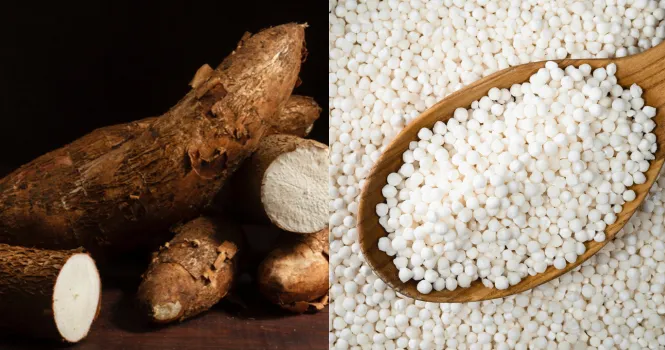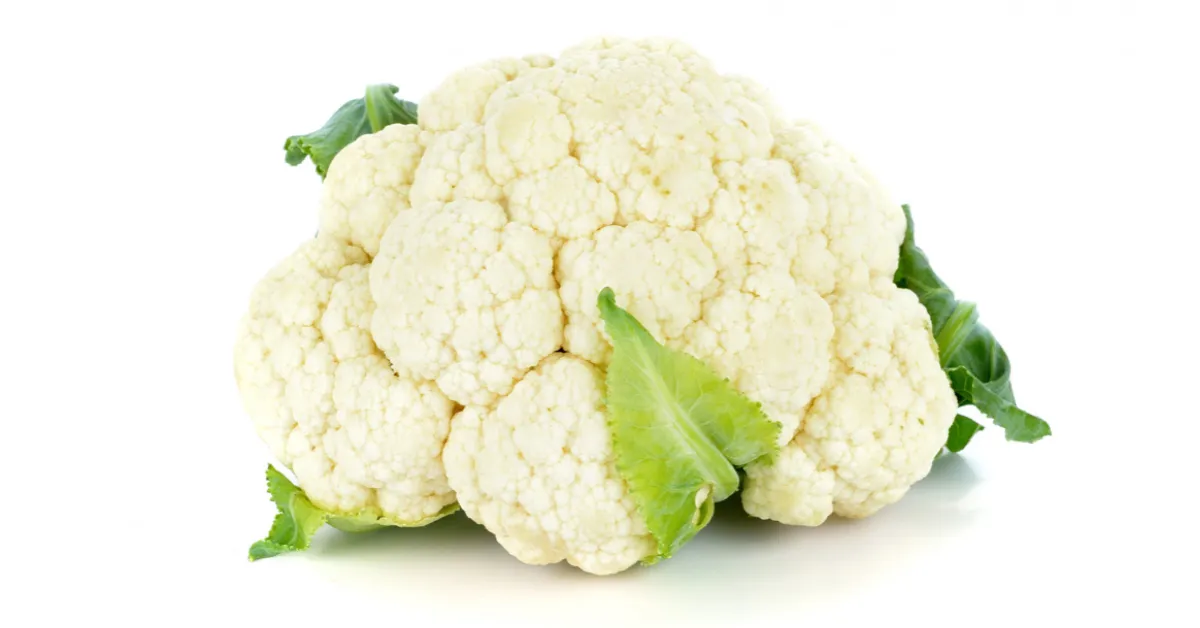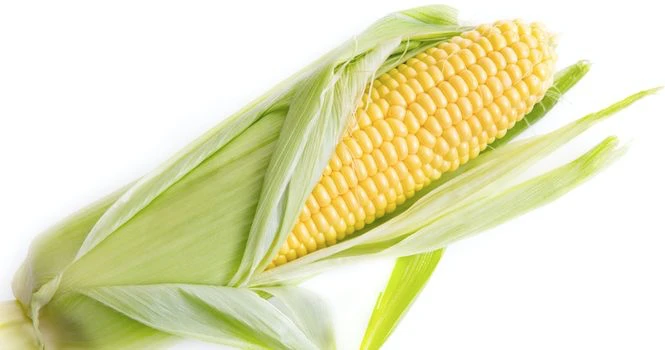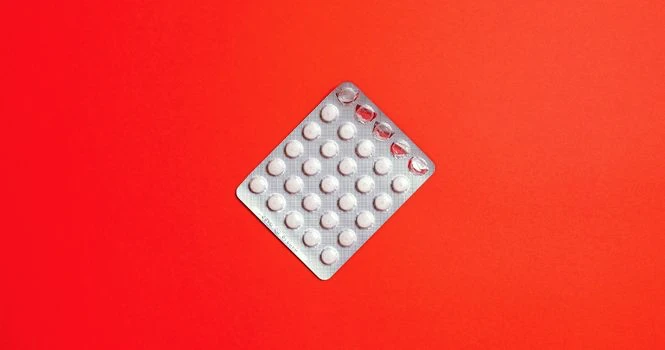Sabudana, also known as tapioca pearls or sago, is a popular carbohydrate source derived from the cassava root.
It’s widely consumed in various parts of the world, especially in India, where it’s a staple ingredient in fasting meals and snacks like sabudana khichdi, vada, and kheer.
Given its carbohydrate content, individuals, particularly those with diabetes, often inquire about its nutritional profile, including its protein content and suitability for a diabetes-friendly diet.
Sabudana Protein Content
Sabudana is primarily a source of carbohydrates, with a very low protein content. It’s not considered a significant source of protein.
For individuals looking to increase their protein intake, other sources such as legumes, nuts, seeds, dairy, and lean meats might be more suitable.
Sabudana and Diabetes
When considering sabudana for individuals with diabetes, several factors come into play due to its high starch and carbohydrate content:
| Sabudana Serving | Glycemic Index (GI) | Glycemic Load (GL) per Serving | Popular Sabudana Dishes |
| 50g (Dry Weight) | High (65-70) | 14-15 | Sabudana Khichdi, Sabudana Vada |
| 100g (Cooked) | High (65-70) | 22-24 | Sabudana Kheer, Tapioca Pudding |
| 150g (Cooked) | High (65-70) | 33-36 | Sabudana Thalipeeth, Brazilian Tapioca Crepes |
Key Points:
- Glycemic Index (GI): Sabudana has a high GI, which means it can cause a quick rise in blood sugar levels. This is an important consideration for individuals managing blood sugar levels, such as those with diabetes.
- Glycemic Load (GL): The GL provides a more accurate picture by considering serving size. Larger servings of sabudana dishes will have a higher GL and a more significant impact on blood sugar.
- Carbohydrate Content: Being almost entirely made up of carbohydrates, sabudana should be consumed in controlled portions when managing diabetes. It’s crucial to account for these carbohydrates within the broader context of daily intake and meal planning.
- Lack of Dietary Fiber: Sabudana lacks dietary fiber, a component that can help slow down the absorption of sugar in the bloodstream, thereby preventing sudden spikes in blood glucose levels. Its absence means that sabudana can rapidly increase blood sugar levels after consumption.
Popular Sabudana Dishes:
- Sabudana Khichdi: A savory Indian dish made with soaked sabudana, peanuts, and spices, often consumed during fasting periods.
- Sabudana Vada: A deep-fried snack made from sabudana, potatoes, and peanuts, popular in Maharashtra, India.
- Sabudana Kheer: A sweet pudding made with sabudana, milk, sugar, and cardamom, often served during festivals.
- Tapioca Pudding: A dessert made with sabudana pearls, milk, and sugar, often flavored with vanilla or other ingredients.
- Sabudana Thalipeeth: A spiced pancake-like dish made with sabudana, potatoes, and spices, served with chutney or yogurt.
- Brazilian Tapioca Crepes: A popular street food in Brazil made from hydrated tapioca flour, filled with sweet or savory fillings.
Sabudana Sugar content and Calories in different servings
| Nutritional Aspect | Per 100g | Per Serving (50g) | Per Serving (150g) |
| Carbohydrates (g) | 85-90 | 42.5-45 | 127.5-135 |
| – Of which sugars (g) | 1.5-3 | 0.75-1.5 | 2.25-4.5 |
| Calories (kcal) | 350-355 | 175-177.5 | 525-532.5 |
Considerations for Consumption
For individuals with diabetes looking to include sabudana in their diet, here are some tips to consider:
Portion Control: Limiting portion sizes of sabudana dishes can help manage carbohydrate intake and prevent high blood sugar levels.
Balanced Meals: Combining sabudana with protein-rich foods and healthy fats can help slow down the absorption of glucose into the bloodstream, potentially mitigating blood sugar spikes.
Monitoring Blood Sugar Levels: Individuals with diabetes should monitor their blood sugar levels closely, especially when trying new foods like sabudana, to see how their body responds.













